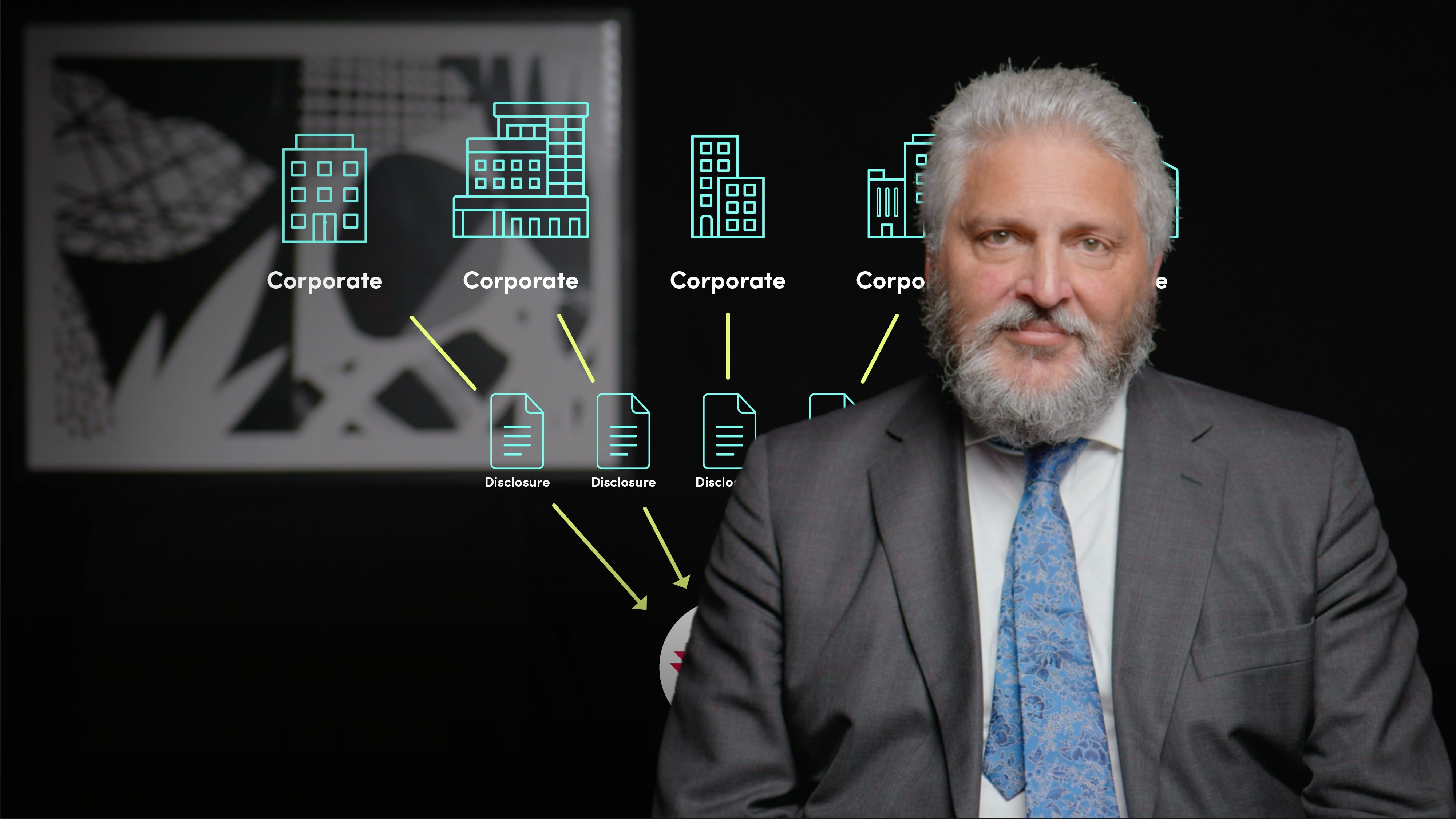
Introduction to the CDP

Keith Mullin
35 years: Capital markets editorial
In this video, Keith explains the CDP, a global benchmark for environmental reporting that scores companies and cities on their impact on climate change, forests, and water security. He covers the origin of the CDP, its methodology, scoring system, and alignment with other standards. He also uses AstraZeneca as a case study to show the CDP process in action.
In this video, Keith explains the CDP, a global benchmark for environmental reporting that scores companies and cities on their impact on climate change, forests, and water security. He covers the origin of the CDP, its methodology, scoring system, and alignment with other standards. He also uses AstraZeneca as a case study to show the CDP process in action.
Subscribe to watch
Access this and all of the content on our platform by signing up for a 7-day free trial.

Introduction to the CDP
10 mins 22 secs
Key learning objectives:
Understand what the CDP does
Outline how the CDP is different from the other reporting initiatives
Overview:
The CDP, formally the Carbon Disclosure Project, scores companies and cities and rates them on their environmental impact across climate, water and deforestation. CDP describes itself as the gold standard of environmental reporting, and claims to hold the world’s richest and most comprehensive dataset on how companies and cities measure, understand and address their environmental impacts.
Subscribe to watch
Access this and all of the content on our platform by signing up for a 7-day free trial.
What does the CDP do?
The CDP scores companies and cities and rates them on their environmental impact across climate, water and deforestation. The scores are based on questionnaires submitted following requests from the targets’ investors, lenders or suppliers. Over 680 investors with more than $130tn in assets and more than 200 buyers with purchasing power of $5.5tn have requested that companies submit information, and more than 13,000 companies and 1,100 cities or regions have disclosed data.
The CDP uses three questionnaires, for climate change, forests and water security respectively. The questionnaires include general questions alongside sector-specific questions for sectors with a significant environmental impact. Each of the questionnaires has an individual scoring methodology and scoring of CDP questionnaires is conducted by accredited scoring partners that have been trained by the CDP.
The deadline for submitting 2022 responses to be eligible for scoring was 1 August 2022. For the 2021 results, 200 companies made the A list (top score) on climate change, 24 made the A list for forests, and 118 for water.
How does the CDP differ from the other reporting initiatives?
One of the main points to note is that CDP disclosure is made at the request of external parties (although companies can still choose to disclose themselves), whereas the other initiatives are self-disclosure initiatives where companies themselves report on sustainability metrics.
CDP is fully aligned with the TCFD. The CDP redesigned its climate-change questionnaire in 2018 to align with TCFD recommendations, translating these into disclosure questions and a standardised format. However, even though they are aligned, they don’t do the same thing.
The GRI is also working with the CDP to align best-practice and avoid duplication of disclosure. The GRI has a wider focus than the CDP however, assessing environmental, social and economic impacts, rather than just environmental.
SASB has a wider reporting focus than the CDP. The CDP is also more focused on data collection for climate reporting, whereas SASB is more focused on financial materiality.
Subscribe to watch
Access this and all of the content on our platform by signing up for a 7-day free trial.

Keith Mullin
There are no available Videos from "Keith Mullin"





























